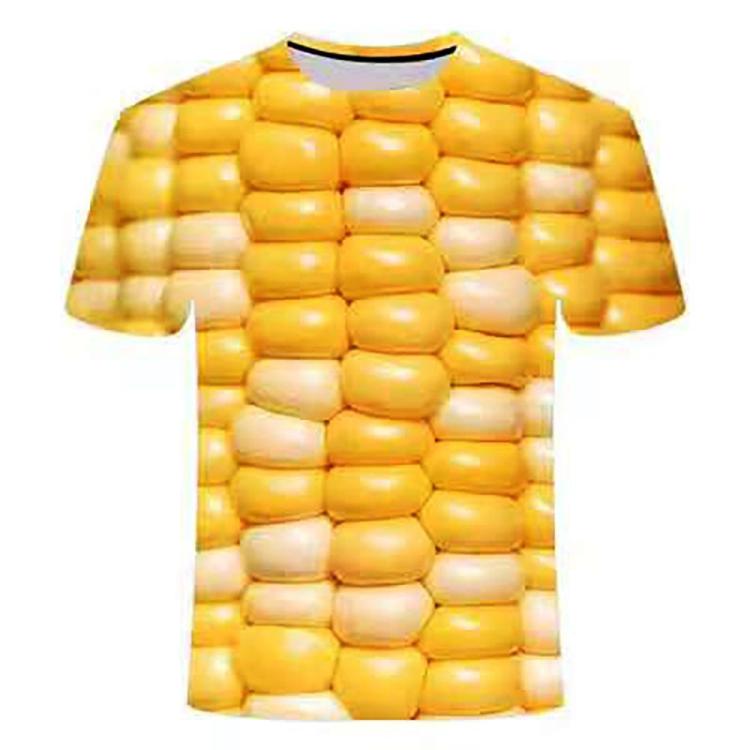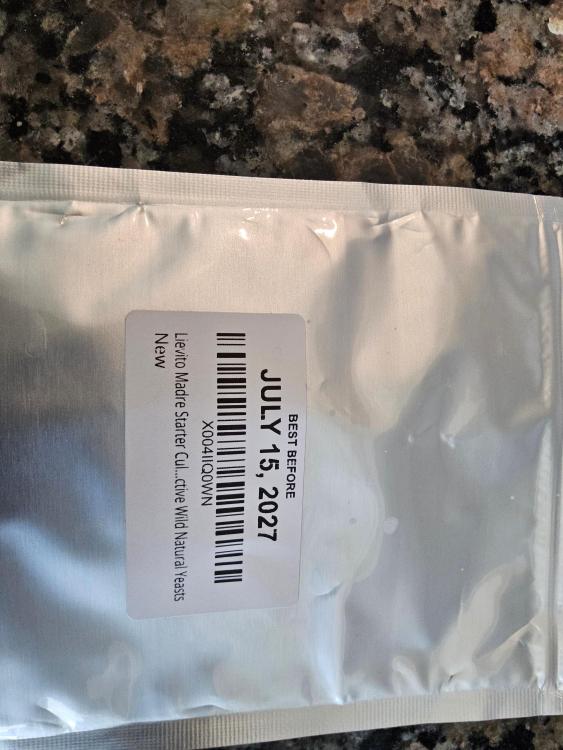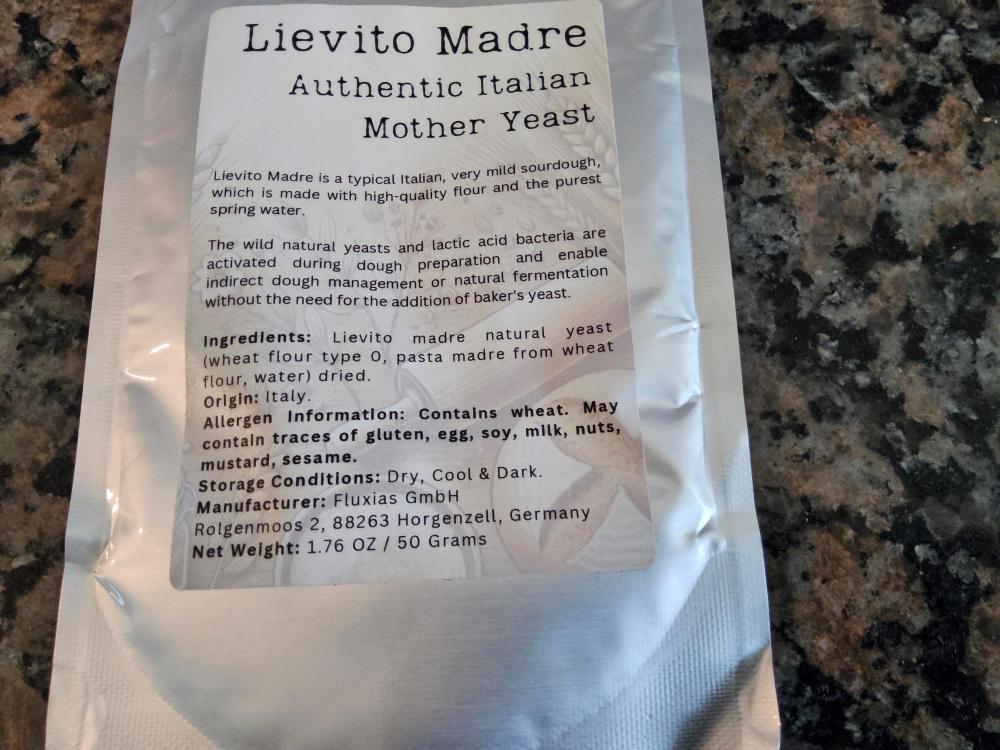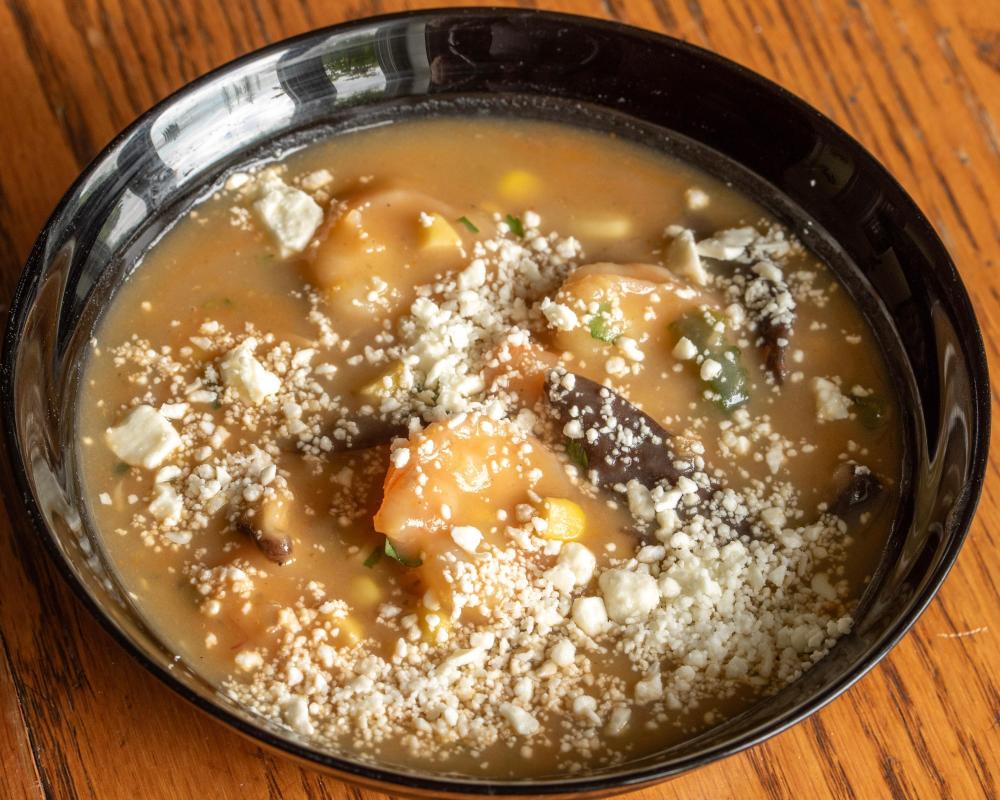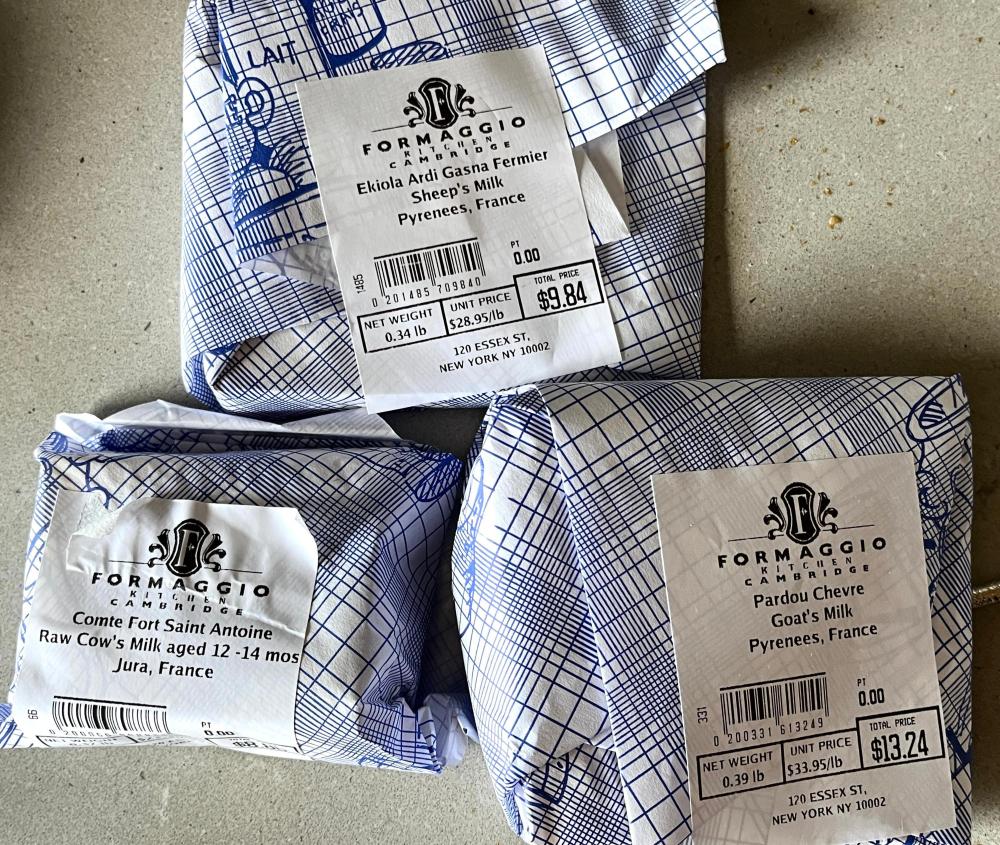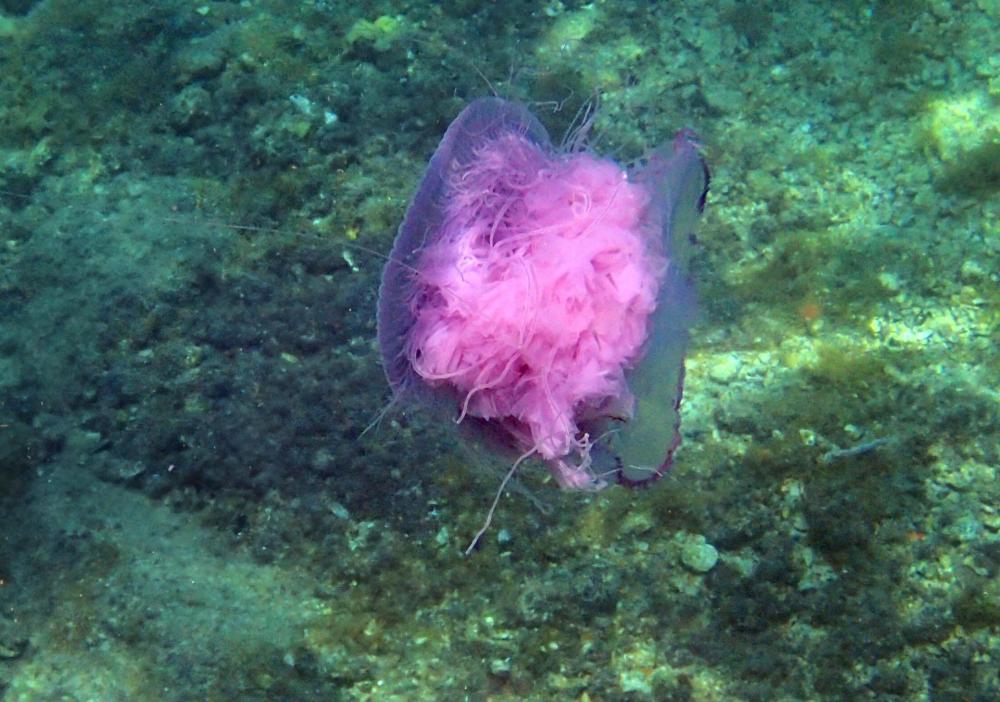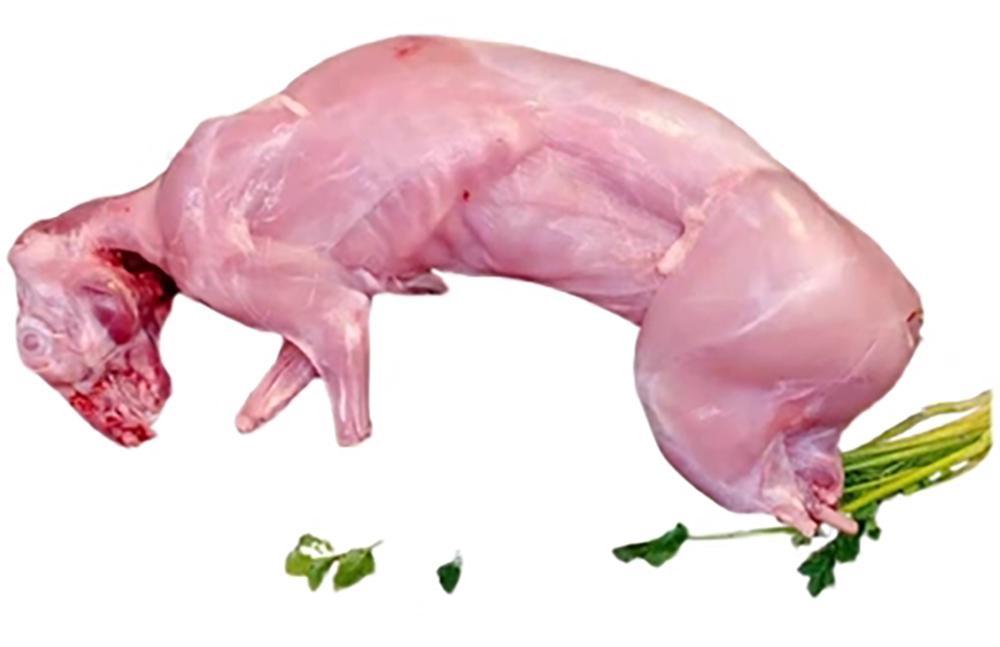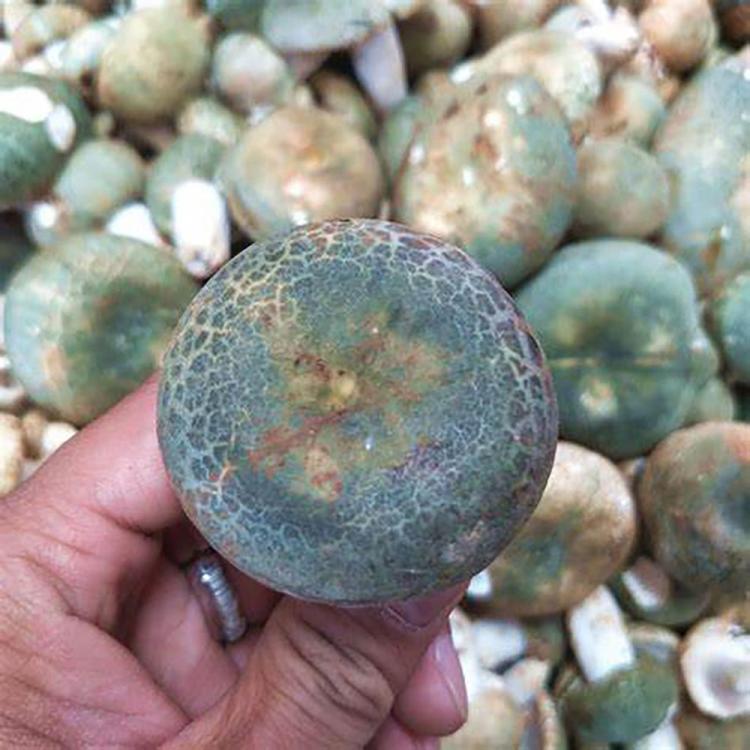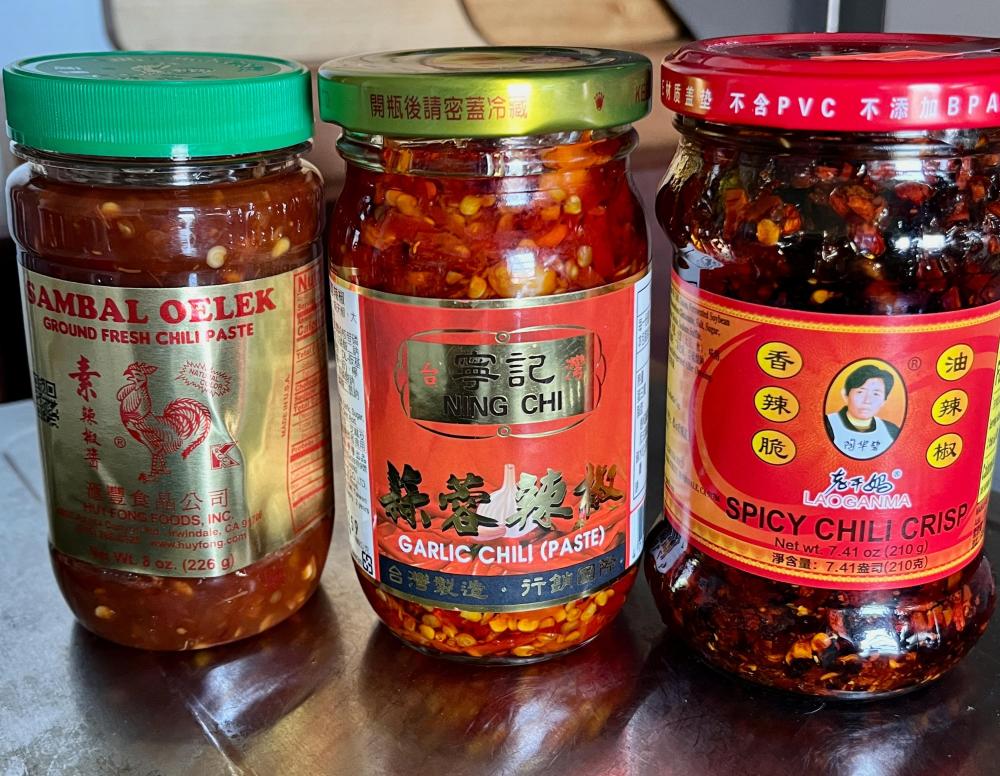-
Welcome to the eG Forums, a service of the eGullet Society for Culinary Arts & Letters. The Society is a 501(c)3 not-for-profit organization dedicated to the advancement of the culinary arts. These advertising-free forums are provided free of charge through donations from Society members. Anyone may read the forums, but to post you must create a free account.
All Activity
- Past hour
-
Yeah, notably Eliza Acton. I downloaded Acton's cookbook from Project Gutenberg at one point, for an article I was writing. It was an interesting read, though it must be said that I'm a soft touch where vintage cookbooks are concerned.
-
Still blurry on magnification, but based on color of the round objects layered onto what looks like a pastry base, their uneven size distribution and what looks like tiny dot on the surface I stick with Erdbeer Tartelette (or strawberry tartlet), a popular Austrian (and German) dessert. Shortcrust shell, filled with vanilla cream or pudding, topped with (sometimes macerated) strawberries and glazed with a bit of strawberry juice mixed with gelatine (cf. above posted link).
-
Dinners over the last few nights Fish Friday was battered flat head fillets and salad Below Lamb loin chops brussel sprouts, potato and salad below Rotisserie chicken and potatoes with salad and a dollop of blue cheese below
- Today
-
frostknives joined the community
-
-
Lilith666 joined the community
-

A pictorial guide to Chinese cooking ingredients
liuzhou replied to a topic in China: Cooking & Baking
Lepus sinensis - PD China also has hares. Around this part of China these are Chinese hares, Lepus sinensis, only found in a small area of southern China (including Guangxi), a small northern part of our neighbour, Vietnam and Taiwan. In Chinese thinking, hares are just big rabbits, despite them being a different (although) related species. So, hares are known as 野兔 (yě tù), literally ‘field rabbits’ on the few times they bother to distinguish. One of my most memorable meals in China was a dish of hare from the nearby county of Lipu. I doubt you’ve heard of the place, but you almost certainly have some of its main export in your homes. It is the clothes hanger central of the world but is mostly rural. Lipu is also well known in China for its prized taro. Anyway the dish I ate was made by my late sister-in-law who was a wonderful cook. It was spicy, almost curry-like and although the hare was a little gamey, not offensively so and tender. I couldn’t get enough. I have never seen hare in any market or supermarket and it is not available on either the local delivery app or the main national online shopping portal. It seems the only way to get to hold of it is to find a local hunter! I'll have to go hunting for a hunter! - Yesterday
-
MXN camembert that I buy is quite nice. The ones I buy could not be grated. They are soft, maybe not as soft as the DOC camembert of France; though I can't fairly compare as I've only eaten the former for the past 15 years. To add another comparison, MXN manchego is soft, compared to the hard manchego of Spain. I eat and enjoy both of these regularly both in MX and in ESP.
-
Plagiarism in cookbooks has been going on since cookbooks were invented. The 5th century cook book usually known as Apicus was full of earlier recipes. Some recipes even included ingredients that had gone extinct since the originals were written. The famous Victorian Mrs Beeton's cookbook (1861) was crammed with recipes from earlier writers. Nothing new.
-
Unfortunately, The names ‘Camembert’ and ‘Brie’ are not protected. Only the specific name ‘Camembert de Normandie’ is. In the case of Brie, only ‘Brie de Meaux‘ and ‘Brie de Melun’ are. So anyone, anywhere can call their cheeses Brie or Camembert in the same way that cheddar cheese is made around the world not only in Cheddar in England where it originated. So, the likes of Mexican Camembert is not really fake in legal terms, but morally dubious. Most countries at least make an attempt to stick to the original recipe when making off-piste versions in other counties. The Mexican goat Camembert sounds terrible and I'm a goat's cheese lover.
-
Thanks - 'borrowed' from my MIL's BBQ - she got cast iron and stainless steel grates...did not even bother with the cast iron. Time moves far slower at the cottage, my guess is it has something to do with that.....and the jugs of sangria!
-
It is boggling how rampant and unapologetic recipe plagiarism is. I took a cooking class from a noted San Francisco woman in 1980. I had just purchased Marcella's new classic Italian book. Our instructor passed out copies of the recipe we were making. It immediately looked familiar to me, and checking when I got home I found to be verbatim from Hazan. Shameless.
-
@ElsieD rest Id treat it as any other dried yeast, which you use to make a starter . then use that starter to make bread. use just a little bit of the dried yeast initially , and keep the rest sealed, for future attempts. at the same time , use the dried yeast as you would any dried yeast in an Rx for Pinsa.
-
I think it's for uniformity in texture and color.
-
I just beat Henry to the first ripe Early Girl tomatoes. More to follow
-
Charlie has been painting the living room and dining area so the table is covered with a tarp, rollers, buckets, etc., so we have been eating wherever we find the space. I have done nearly nothing with the smoker this summer. I feel like I need to experiment with different foods and recipes. I did a chicken today and got some ideas for where to go next. I just seasoned it with a rub and sprayed it with a fat for the last hour to help crisp the skin. it took two hours.
-
I recently purchased dried lievito madre. Does anyone know how to use it? I expected that it would come with directions but it did not. I want to make pinsa.
-
It's made in MEX from goat milk. Not uncommon in Central Mexico.
-
Yes, 100% on that. Sorry you had to chase pirates to protect your own work!
-
https://www.cbsnews.com/news/larry-olmsted-real-food-fake-food-new-book-investigates-fraud-labels/ Turns out there's a lot of mislabelling around. Larry Olmsted's book was published in 2016 and has LOTS of instances of misappropriated food labels. I found it a fascinating read. Edited to add that I have no idea if this is the case here.
-
When I replied above, I assumed “hard enough to grate” was a bit of hyperbole but I agree with @rotuts that fromage fort may indeed be the best use if this is truly the case.
-
I dont' understand this either. By definition, camembert (the cheese) is made from cow's milk in the village of Camembert, in Normandy - France. Are they just calling it camembert but it's made in Mexico, or was this french camembert exported to Mexico?
-
Who's Online 7 Members, 0 Anonymous, 303 Guests (See full list)
-
Popular Now
-
Recent Forum Images




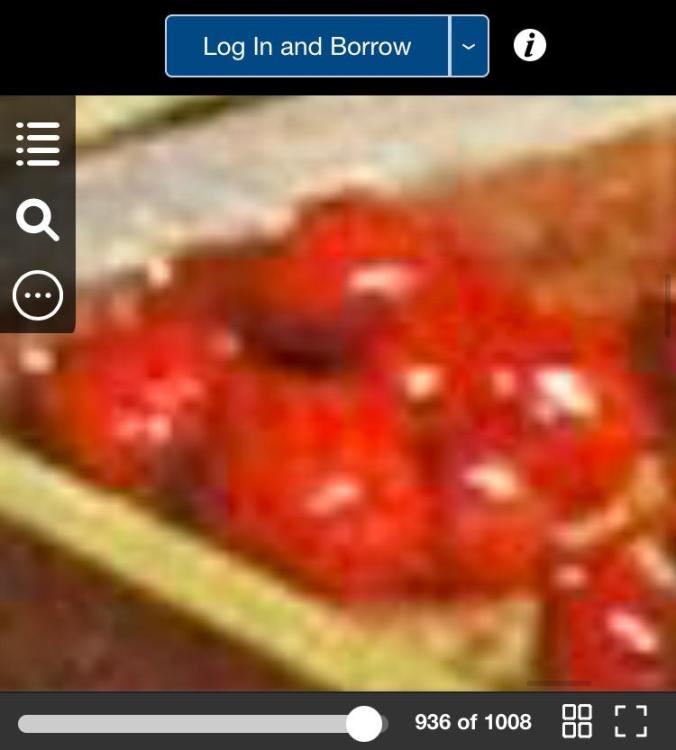

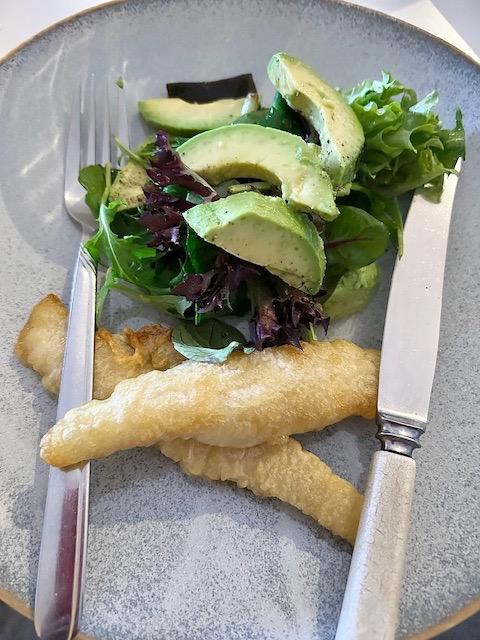
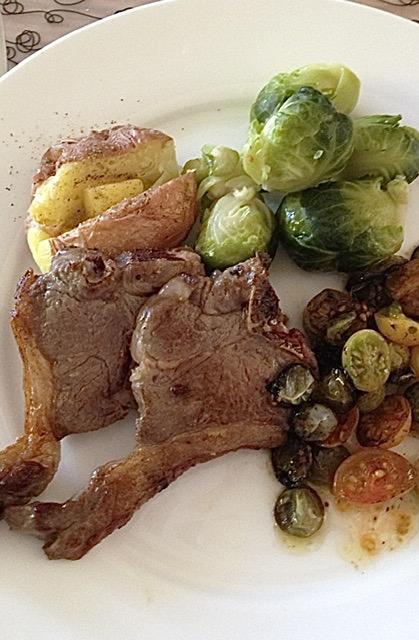
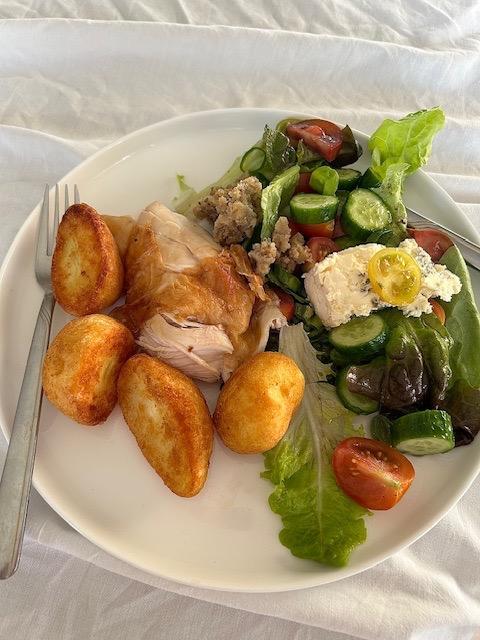

.png.6d74bb44c7f40bee9b76537f91cb8990.png)
